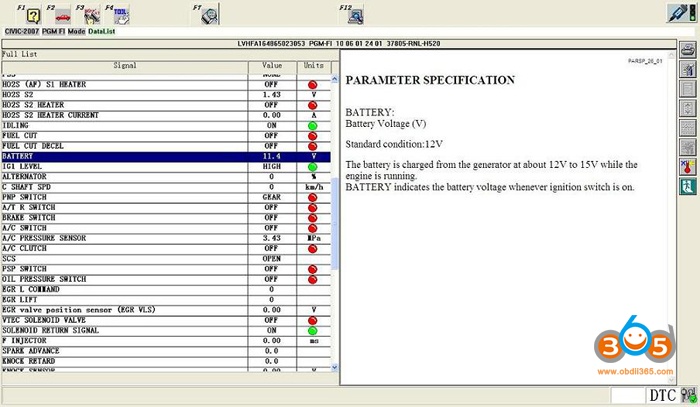

A production storage array should never consume more than 80% of capacity and performance (CPU). Note that space reporting does not report what the differences between the snapshots and volumes are, only the amount of space that could be reclaimed by deleting the volume or the maximum that could be reclaimed by deleting a particular snapshot.Īs storage administrator, it is important to set usage alerts, and forward them to those that need to see them. If there have been no writes to the volume since the time the snapshot was taken, the size of the snapshot will be 0. This is the amount of space in the volume that has been overwritten on the volume (or a newer snapshot) but not de-duped since the point the snapshot was taken. The amount that would be freed if that snapshot was deleted. Space attributed to a snapshot of the vSHNData_01 volume: which is not duplicated on another volume or snapshot).Ģ. The amount of space that is unique to the volume (i.e. Space attributed to the vSHNData_01 volume: The space usage of a volume/snapshot as reported in the GUI is defined as follows:ġ. The figure below is a screenshot of the space used by the vSHNData 01-03 volumes and their snapshots. Snapshot Space is defined as the amount of space that would be freed by deleting snapshots. The net physical storage consumed by host-written data is a fraction of the number of unique volume sector addresses to which hosts have written data. FlashArray snapshots occupy physical storage only in proportion to the number of sectors of their source volumes that are overwritten by hosts.
Datastore usage on disk alarm clearing .snapshot software#
The Purity//FA storage software applies pattern elimination, duplicate elimination, and compression techniques to data as it enters an array, as well as throughout the data’s lifetime. In FlashArrays, there is no concept of allocating storage in “chunks” of some fixed size. Hosts read and write data in blocks, which are represented as consecutively-numbered sequences of sectors. FlashArrays do not allocate physical storage for volume sectors that no host has ever written, or for trimmed (expressly deallocated by host or array administrator command) sector addresses. FlashArrays allocate only the exact amount of physical storage required by each host-written block after reduction. Snapshots are not intended to be used as backup copies, since they do not have a file system or database level consistency check.Ĭoordinated snapshots can be taken across multiple storage volumes, allowing you to take exact point-in-time, data coordinated and crash-consistent snapshots across multiple volumes.Īs with conventional disks, a volume’s storage capacity is presented as a set of consecutively numbered 512-byte sectors into which data can be written and from which it can be read. It is important to understand the risk of having them live longer: Not only do they consume space, but they also tend to cause a performance hit, if not designed properly. Most often they will be deleted based on a 7-day retention schedule. Snapshots are designed to be used as recovery points during changes to an underlying volume. This minimizes the time required to create the snapshot and saves on storage costs by not duplicating data. Snapshots are incremental data copies, which means that only the blocks on the device that have changed after your most recent snapshot are saved.


 0 kommentar(er)
0 kommentar(er)
